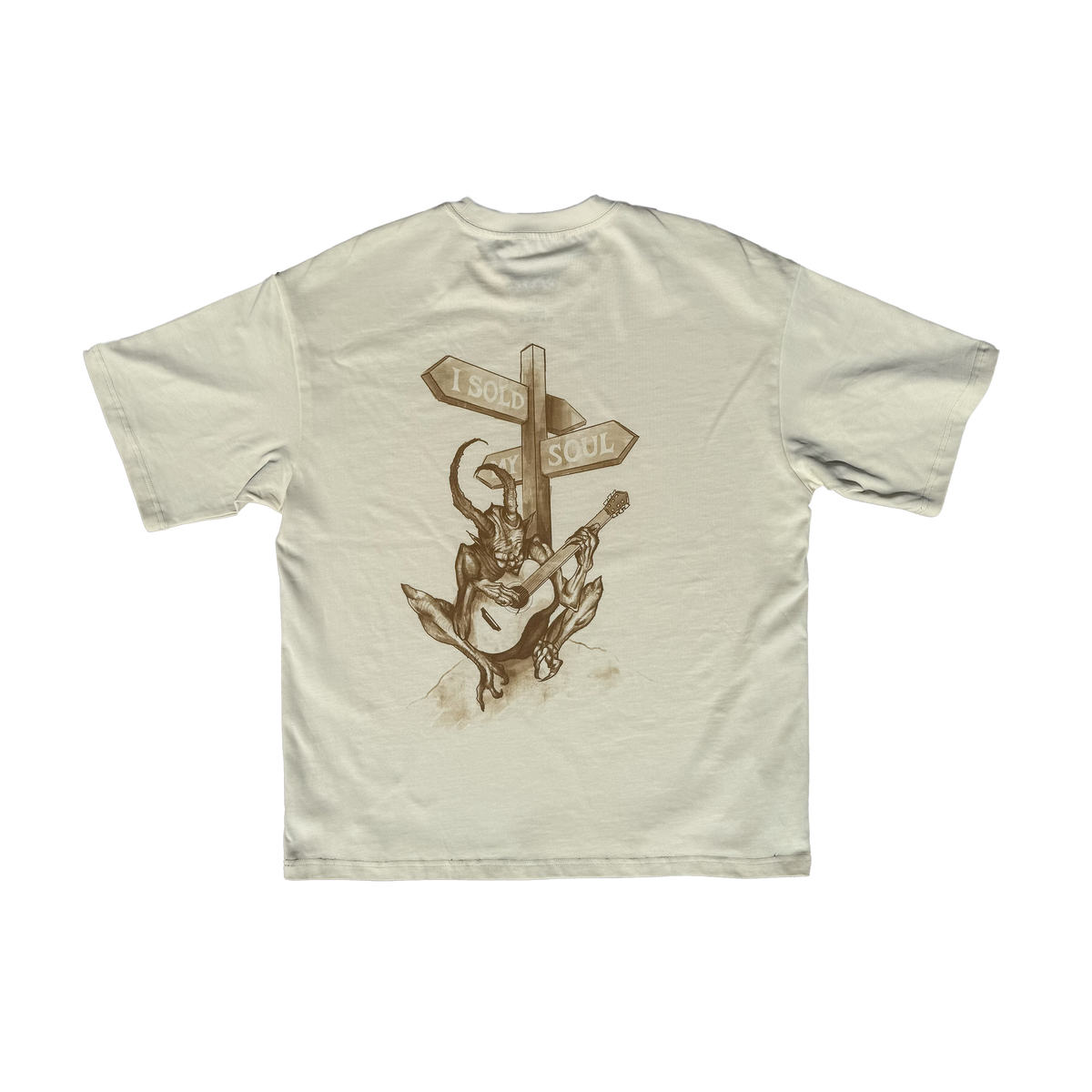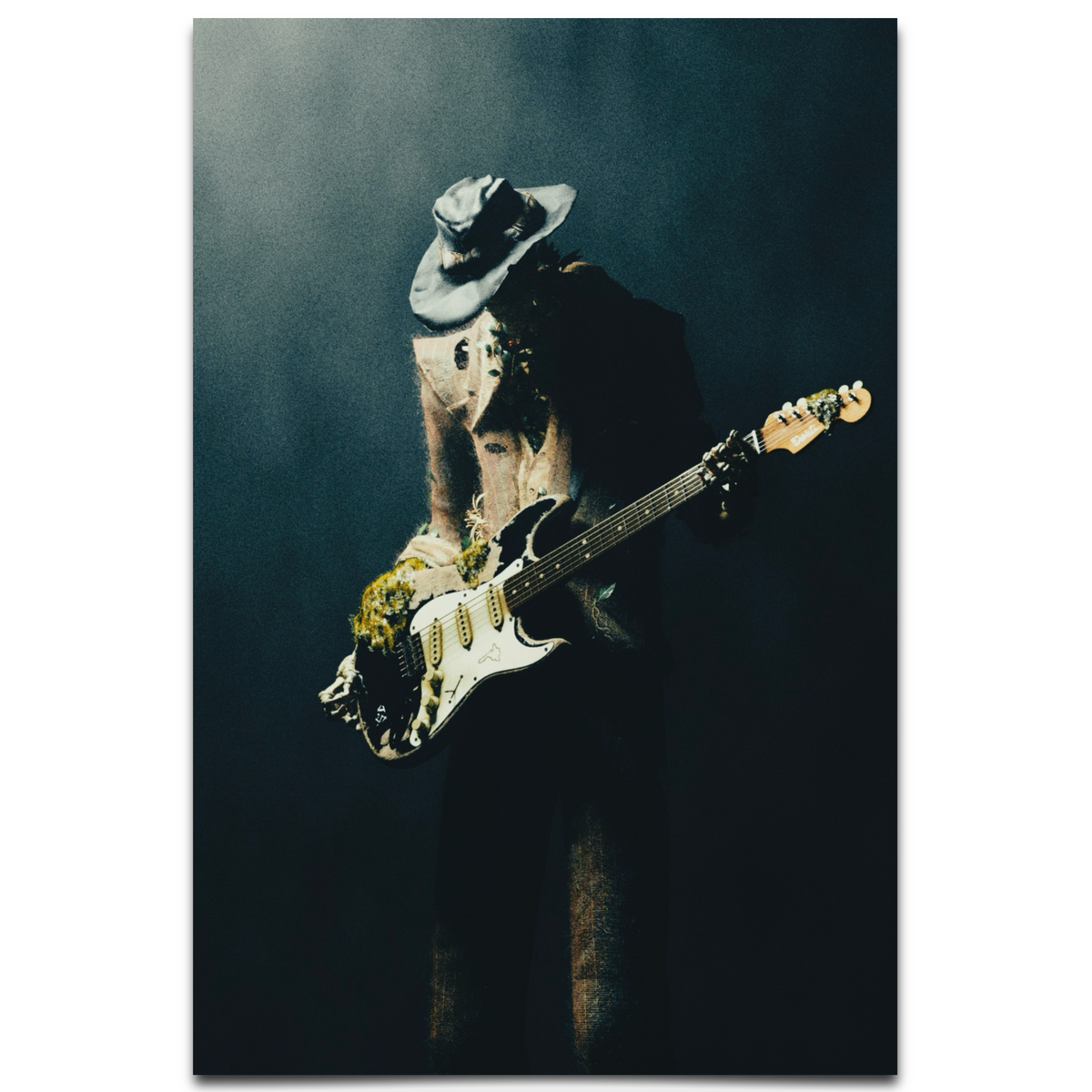If you’ve ever listened to jazz from the 1940s and wondered how players like Charlie Parker or Dizzy Gillespie created those lightning-fast, intricate melodies, you’re likely hearing the magic of bebop scales. These scales are a cornerstone of bebop, a style of jazz known for its complex harmonies, rapid tempos, and virtuosic improvisation. Let’s break down what bebop scales are and how musicians apply them in their playing.
What Are Bebop Scales?
Bebop scales are essentially modified versions of standard major or minor scales, designed to fit the fast-paced, chromatic nature of bebop jazz. Unlike traditional scales that strictly follow diatonic notes, bebop scales often include passing tones—extra chromatic notes that create a smoother, more fluid sound when improvising over chord changes. The most common bebop scale is based on the Mixolydian mode (a major scale with a flattened 7th), with an added chromatic passing tone between the 5th and 6th degrees. For example, in a G Mixolydian bebop scale, you’d play G-A-B-C-D-E-F-F#-G, where the F# acts as a passing note to keep the line rhythmically and melodically interesting.
These scales were developed by jazz musicians in the 1940s as a way to navigate complex chord progressions and maintain a swinging, forward-moving feel. Bebop scales typically have eight notes instead of seven, which helps align the "important" chord tones (like the root, 3rd, 5th, and 7th) on strong beats when playing fast eighth-note runs.
How Are Bebop Scales Applied?
Bebop scales are primarily used in improvisation, allowing musicians to craft solos that sound both harmonically sophisticated and rhythmically cohesive. Here’s how they’re applied in practice:
- Navigating Chord Changes: Bebop scales are tailored to specific chords, like the Mixolydian bebop scale for dominant 7th chords or the Dorian bebop scale for minor 7th chords. Musicians choose the appropriate scale based on the underlying harmony to ensure their solos fit the song’s structure.
- Creating Fluid Lines: The added passing tones in bebop scales help players avoid awkward pauses or jumps in their phrasing. When played at high speeds, these scales create smooth, continuous lines that are a hallmark of bebop’s sound.
- Emphasizing Swing: By structuring the scale to land chord tones on downbeats, bebop scales reinforce the swinging feel of jazz. This rhythmic placement is key to making improvisations feel natural and groovy, even at breakneck tempos.
- Adding Chromatic Color: The chromatic passing tones give solos a distinct bebop flavor, adding tension and release that keep listeners engaged. This is why bebop often sounds more "busy" or unpredictable compared to earlier jazz styles like swing.
Why Bebop Scales Matter
For aspiring jazz musicians, learning bebop scales is a rite of passage. They’re not just technical exercises; they’re a gateway to understanding the language of jazz improvisation. By mastering these scales, players can emulate the style of legends like Parker and Gillespie while developing their own voice. Even outside jazz, elements of bebop scales can be found in genres like fusion or modern rock solos, showing their lasting influence.
If you’re new to this, start by practicing the Mixolydian bebop scale over a simple ii-V-I progression (a common jazz chord sequence). Listen to classic bebop recordings, and try to hear how the scales shape the solos. With time, these patterns will become second nature, opening up a world of creative possibilities in your playing.
























